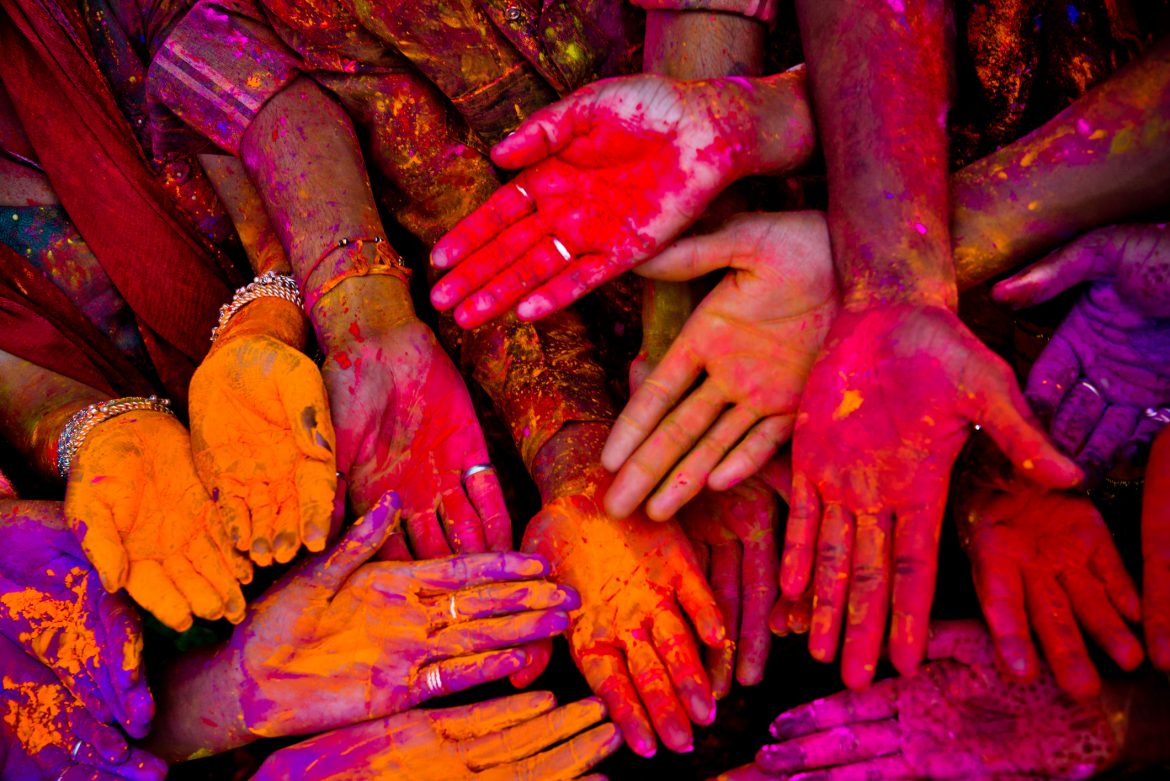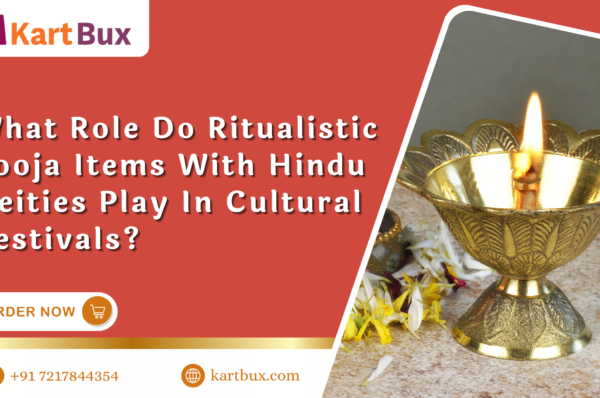Introduction:
Holi, the festival of colors, is one of the most vibrant and joyous celebrations in India, heralding the arrival of spring and symbolizing the triumph of good over evil. It’s a time when people of all ages come together to drench each other in hues of red, yellow, green, blue, and every shade in between. Beyond its kaleidoscopic splendor, Holi carries a deeper significance of unity, harmony, and the rejuvenation of relationships. In this article, we delve into the rich tapestry of Holi, exploring its cultural significance, traditions, and the spirit of togetherness it embodies.
The Cultural Tapestry of Holi:
Holi traces its roots back to ancient Hindu mythology, particularly to the legend of Prahlad and Holika, which signifies the victory of virtue over vice. According to the legend, Prahlad, a devoted follower of Lord Vishnu, was protected from the flames of his evil aunt Holika by divine intervention. This tale is commemorated on the eve of Holi with bonfires known as ‘Holika Dahan’, symbolizing the triumph of good over evil.
Traditions and Rituals:
The main event of Holi is the exuberant play of colors, where people gather in streets, parks, and courtyards to smear each other with powdered pigments called ‘gulal’. It’s a day when social barriers are temporarily dissolved, and people from all walks of life come together to revel in the festive spirit. Water balloons, water guns, and buckets of colored water add to the merriment, creating a riot of colors that blankets entire communities.
Another cherished tradition of Holi is the exchange of sweets and delicacies, symbolizing goodwill and camaraderie. Traditional sweets like ‘gujiya’, ‘malpua’, and ‘thandai’ are savored amidst laughter and cheer. Music, dance, and folk performances further enhance the festive atmosphere, infusing every corner with energy and enthusiasm.
Unity in Diversity:
Holi transcends religious and social boundaries, uniting people of different faiths, backgrounds, and cultures. In India, it’s celebrated with equal fervor by Hindus, Sikhs, Jains, and people of other communities. Beyond the borders of India, Holi has gained popularity worldwide, becoming a symbol of multiculturalism and inclusivity.
Moreover, Holi serves as a reminder of the interconnectedness of humanity and the importance of fostering harmony amidst diversity. It’s a time to let go of grudges, mend broken relationships, and embrace forgiveness. The colors of Holi not only adorn our surroundings but also paint a canvas of empathy, compassion, and understanding.
Conclusion:
Holi, with its kaleidoscope of colors and spirit of unity, serves as a beacon of hope and joy in an often tumultuous world. It’s a celebration that transcends boundaries, bringing people together in a shared experience of love, laughter, and camaraderie. As we immerse ourselves in the festive fervor of Holi, let us remember its profound message of harmony, compassion, and the enduring bonds of humanity.




